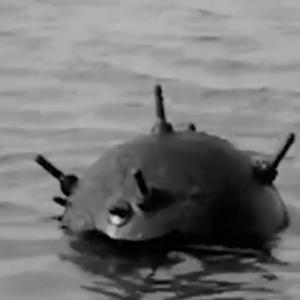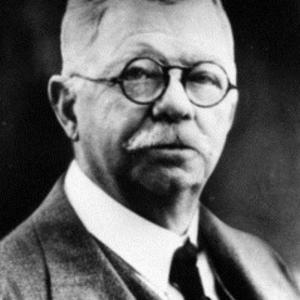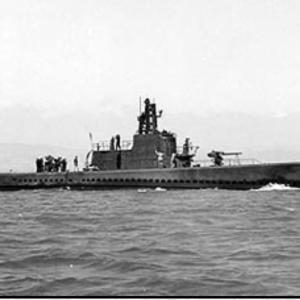
On this day in military history…
Operation Hump was a search-and-destroy mission conducted by the US 173rd Airborne Brigade on 8 November 1965, deep in War Zone D north of Bien Hoa in South Vietnam. It was intended as an aggressive sweep to engage and disrupt the Viet Cong 272nd Regiment, which US intelligence believed was in the area. The operation was commanded for the Americans by Brigadier General Ellis W. Williamson. The Viet Cong force, estimated at around two full battalions under the broader control of North Vietnamese and Viet Cong regional commander General Tran Van Tra, had prepared bunkered positions on the ridgeline of Hill 65 and along the thick treeline approaches to it.
About 400–450 paratroopers of the US 1st Battalion, 503rd Infantry were in the direct assault element that made contact, while the full American commitment to Operation Hump across the area exceeded 1,200 men. The Viet Cong force that set the ambush was between 1,200 and 1,400 fighters, giving them numerical advantage at the point of contact. The dense triple-canopy jungle and steep ridges gave decisive defensive benefit to the VC. US patrol elements initially met sporadic sniper fire which then expanded into a sudden, extremely disciplined L-shaped ambush as American companies pushed forward up the ridge.
The battle unfolded very quickly into close-quarters fighting. The VC had established concealed fighting holes, interlocking machine-gun positions, and had pre-sighted mortar kill zones. They let the lead US companies advance deep into the kill zone before unleashing heavy fire from high ground and flanks. The Americans attempted to swing companies to support the lead elements, only to find themselves caught under additional crossfire from secondary VC positions. Some paratroopers were reduced to returning fire at ranges so close they could hear Viet Cong voices. Communication degradation in the thick jungle caused temporary fragmentation of the American command picture.
The Americans’ tactical strength came from discipline under fire and their ability to call for supporting fire even while under extreme pressure. They used M16 rifles, M60 machine guns, grenades, and light mortars organic to airborne infantry, while the Viet Cong employed AK-47s, SKS rifles, RPD and DP machine guns, RPGs, extensive tripwire-booby-traps, and highly organized mortar teams. In the first hour the Viet Cong appeared to be close to overwhelming the forward US companies. However, once contact was fully established, the Americans brought in coordinated artillery strikes and called tactical air support. US Air Force F-100s and later A-1 Skyraiders attacked Viet Cong positions with strafing runs, bombs and napalm. The jungle canopy limited visual coordination but air power forced the VC to break cover. Helicopter support was also deployed to evacuate wounded and insert reinforcement elements at nearby landing zones.
The battle lasted most of the day, with the Viet Cong launching several attempts to penetrate and overrun isolated American positions. US units formed circular defensive perimeters and used artillery from distant fire bases to saturate the ridge. Repeated VC assaults were beaten back with heavy losses, especially once air power was fully engaged. By late afternoon, the Viet Cong began withdrawing in an organized manner, carrying away many of their dead. The Americans retained the ridge by nightfall but did not pursue far into the jungle after dark.
US casualties for the day were heavy: 49 killed and more than 80 wounded. Viet Cong casualties have been debated, as many bodies were removed by their comrades, but captured documents and US after-action estimates put VC killed between 200 and 400, certainly several times US losses. Despite the American tactical hold of the ground at the end of the day, the Viet Cong had proved they could draw elite US forces into well-prepared kill zones and inflict serious casualties. The battle demonstrated both US reliance on rapid firepower escalation and the VC ability to fight with discipline, concealment and superior understanding of terrain.
Operation Hump ended with the Americans technically holding the field, but with no decisive destruction of the Viet Cong regiment. It foreshadowed much of what was to come in the Vietnam War: US superiority in firepower and air support, Viet Cong mastery of ambush and withdrawal, and fierce fighting where body counts masked the reality that neither side could cheaply break the will of the other.










